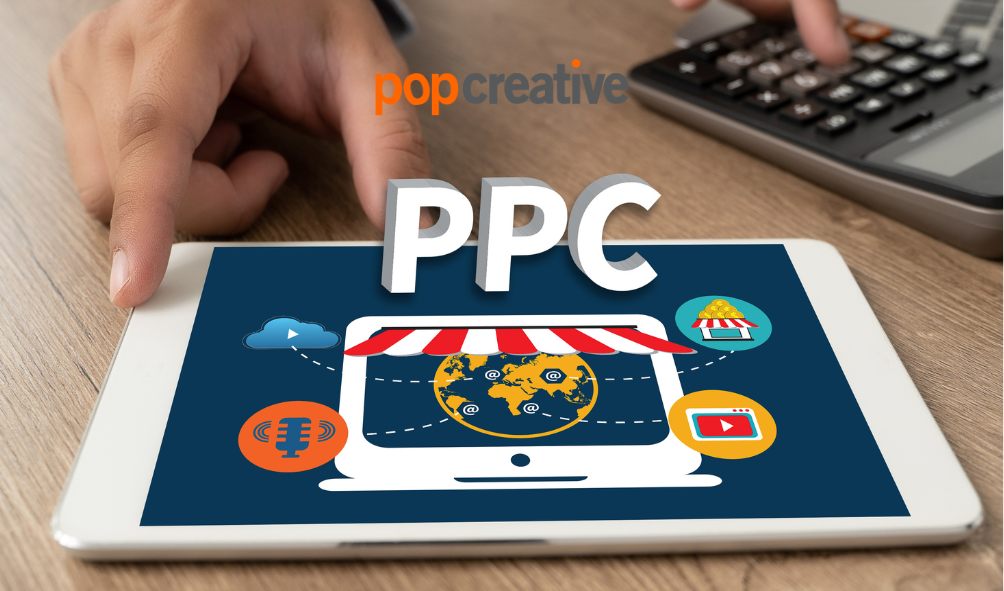The Importance of Brand Colors in Marketing
When it comes to visual branding, colors play a powerful role in shaping perceptions, evoking emotions, and influencing consumer behavior. As a business owner or marketer, understanding the psychology of color can be a game-changer in creating a brand identity that resonates with your target audience and leaves a lasting impression. In this blog, we’ll explore the fascinating world of color psychology and how it impacts visual branding.
The Impact of Color on Emotions:
Colors have the unique ability to evoke emotions and create a mood. Warm colors like red, orange, and yellow are often associated with energy, passion, and optimism. They can stimulate excitement and enthusiasm, making them popular choices for brands looking to create a sense of urgency or appeal to impulse buyers.
On the other hand, cool colors like blue, green, and purple are often linked to calmness, trust, and stability. These colors can evoke feelings of relaxation and serenity, making them ideal for brands in industries such as healthcare, finance, and technology, where trust and reliability are essential.
The Role of Color in Brand Perception:
The colors you choose for your visual branding can significantly influence how your brand is perceived. For example, vibrant and bold colors can convey a sense of youthfulness and modernity, while muted and pastel tones may suggest sophistication and elegance.
Consider your brand’s personality and values when selecting colors. For instance, a brand promoting eco-friendly products may opt for shades of green, symbolizing nature and sustainability. A luxury brand, on the other hand, may lean towards gold or deep hues to communicate exclusivity and opulence.
Colors and Cultural Associations:
It’s essential to consider cultural associations when using color in your visual branding, especially if your brand operates in multiple regions. Colors can carry different meanings and symbolism in various cultures, and what might be considered positive in one culture could be perceived differently in another.
For instance, in Western cultures, white is often associated with purity and weddings, while in some Eastern cultures, it symbolizes mourning and funerals. Research and sensitivity to cultural nuances are crucial to avoid unintended misunderstandings.
Creating a Cohesive Color Palette:
Consistency is key in visual branding. Once you’ve chosen the primary colors that align with your brand’s identity and values, create a cohesive color palette to use across all brand materials, including your logo, website, marketing collateral, and packaging.
A well-designed color palette reinforces brand recognition and helps consumers associate specific colors with your brand. Aim for a harmonious combination of colors that complement each other and reflect your brand’s personality.
Testing and Iteration:
As with any aspect of branding, testing and gathering feedback from your target audience are essential. Conduct surveys or focus groups to understand how people perceive your brand’s colors and whether they align with your intended message.
Be open to iteration and refinement. Sometimes, subtle tweaks to color choices can make a significant impact on brand perception and consumer engagement.
In conclusion, the psychology of color is a powerful tool in visual branding. By understanding how colors impact emotions, influence perceptions, and carry cultural associations, you can strategically use color to create a compelling brand identity that resonates with your audience and fosters brand loyalty. Take the time to explore the world of color psychology and leverage its potential to create a memorable and impactful brand that stands out in today’s competitive market.
Need help with digital marketing efforts for your business? Pop Creative is one of the most dedicated digital marketing agencies in Miami. Call 786-477-6760 to set an appointment today!






Recent Comments